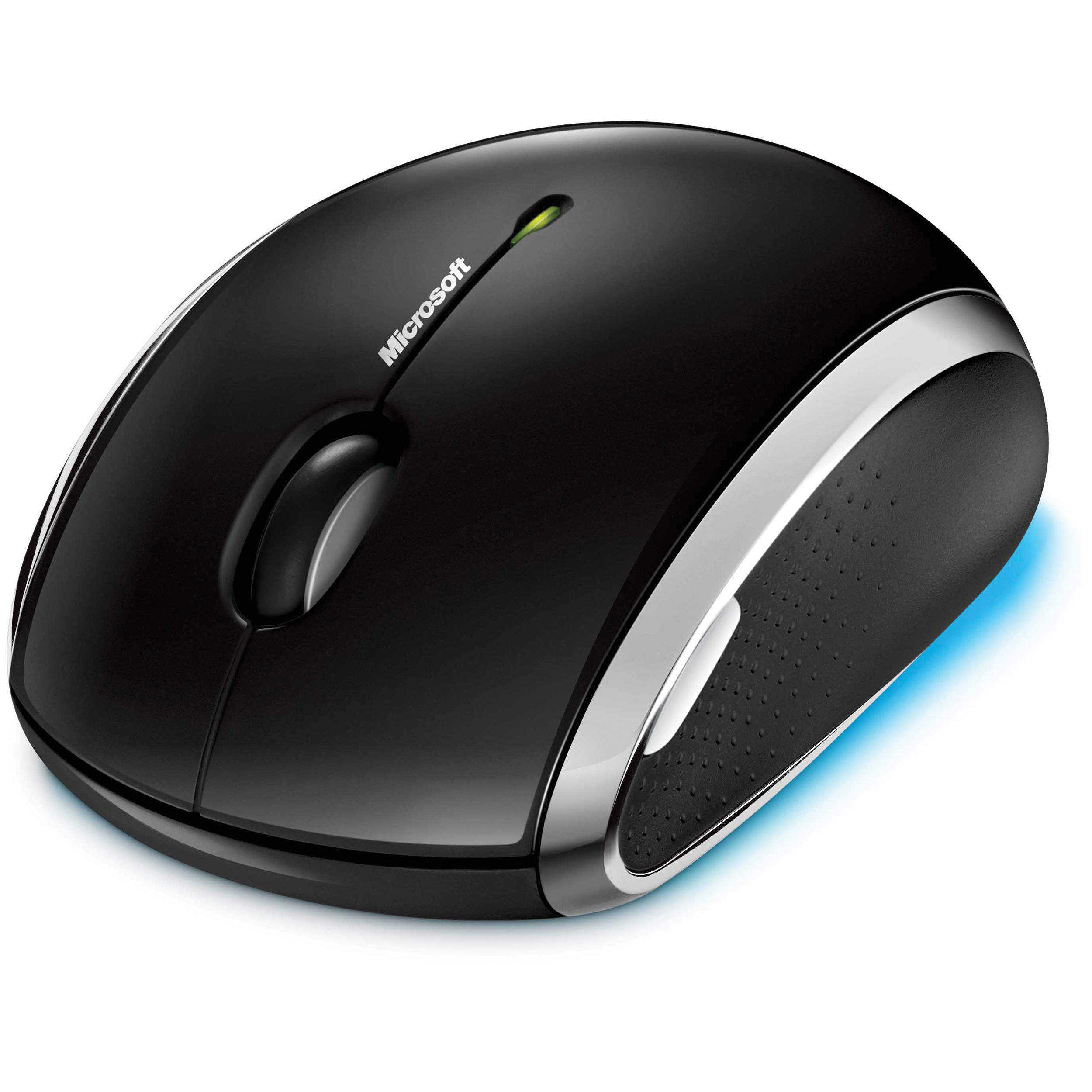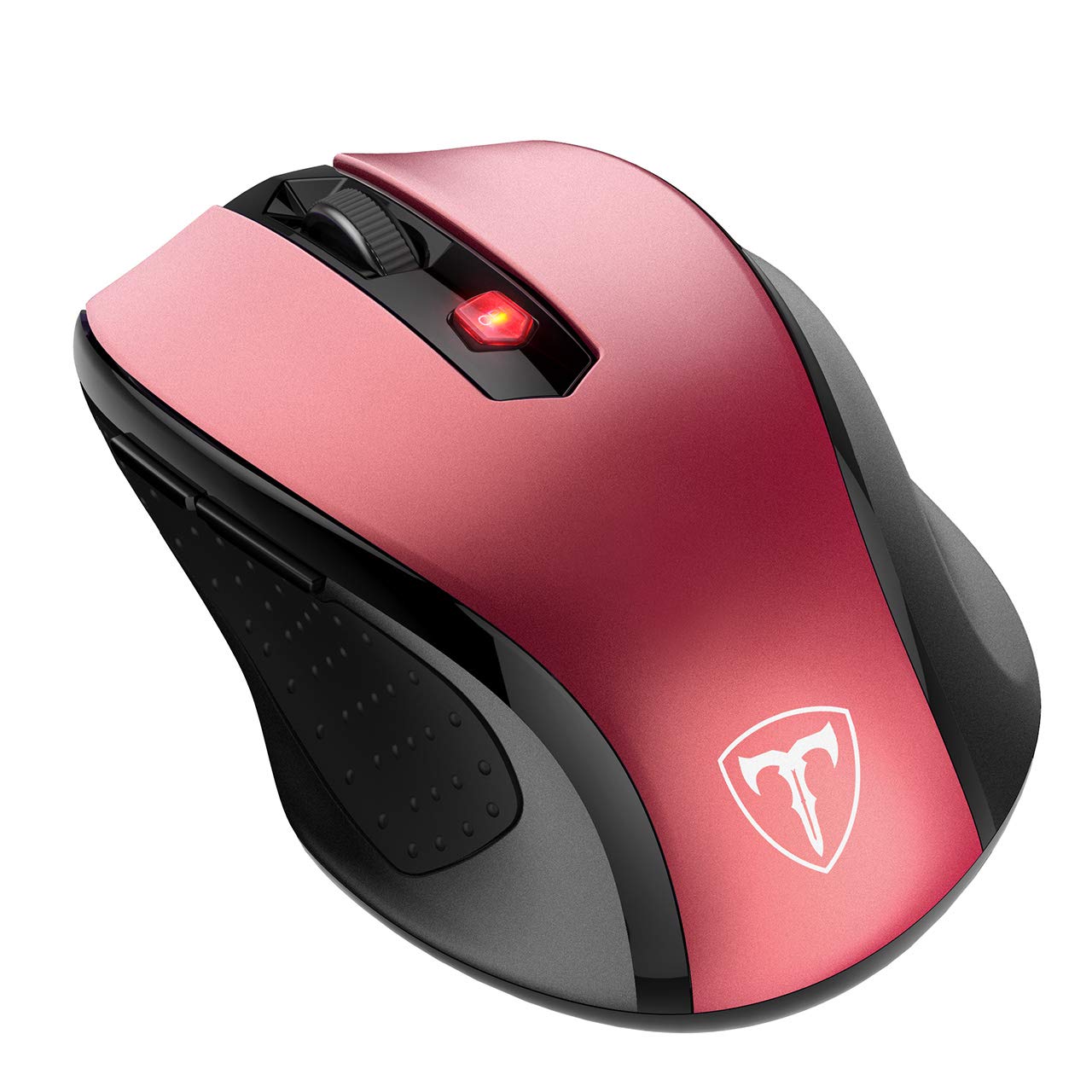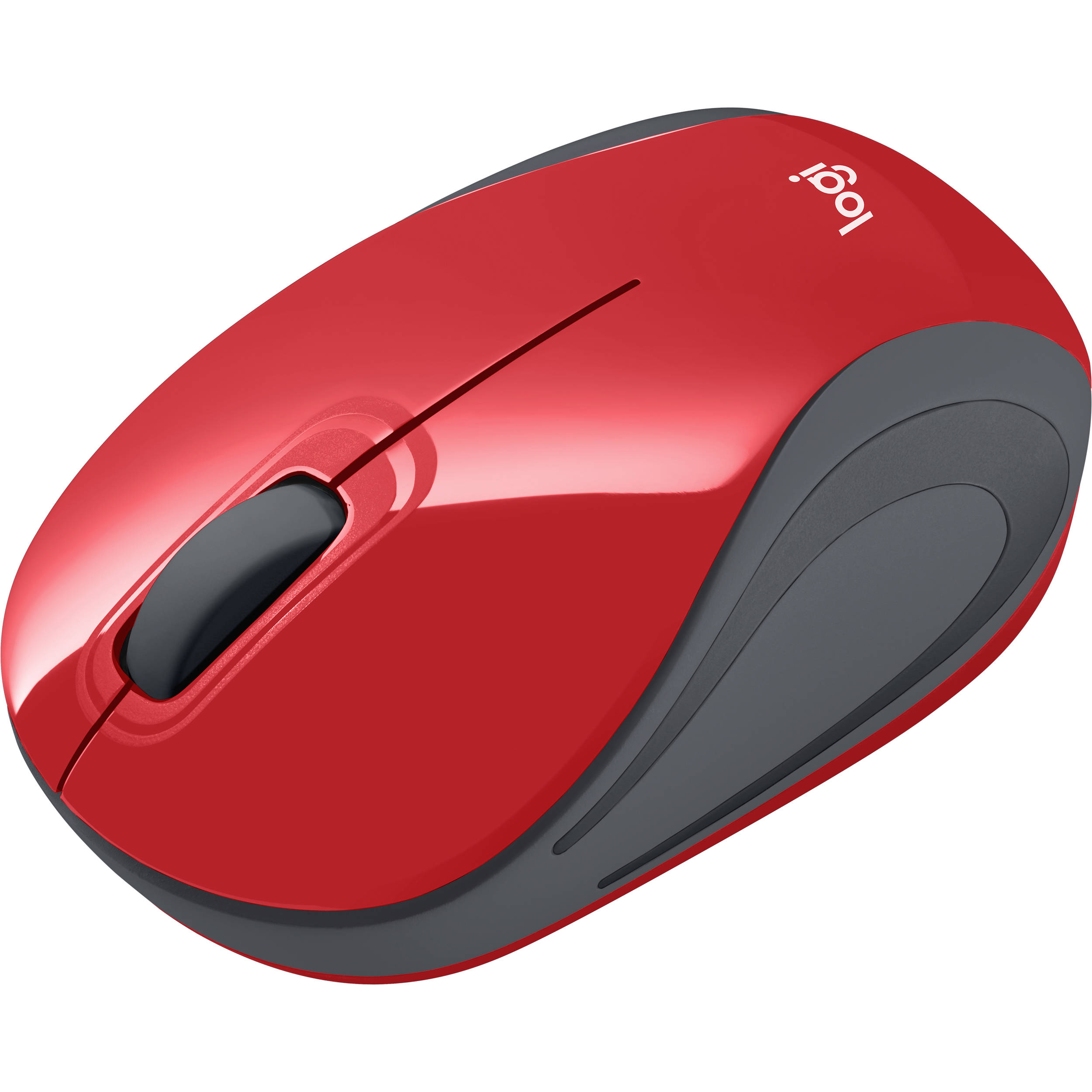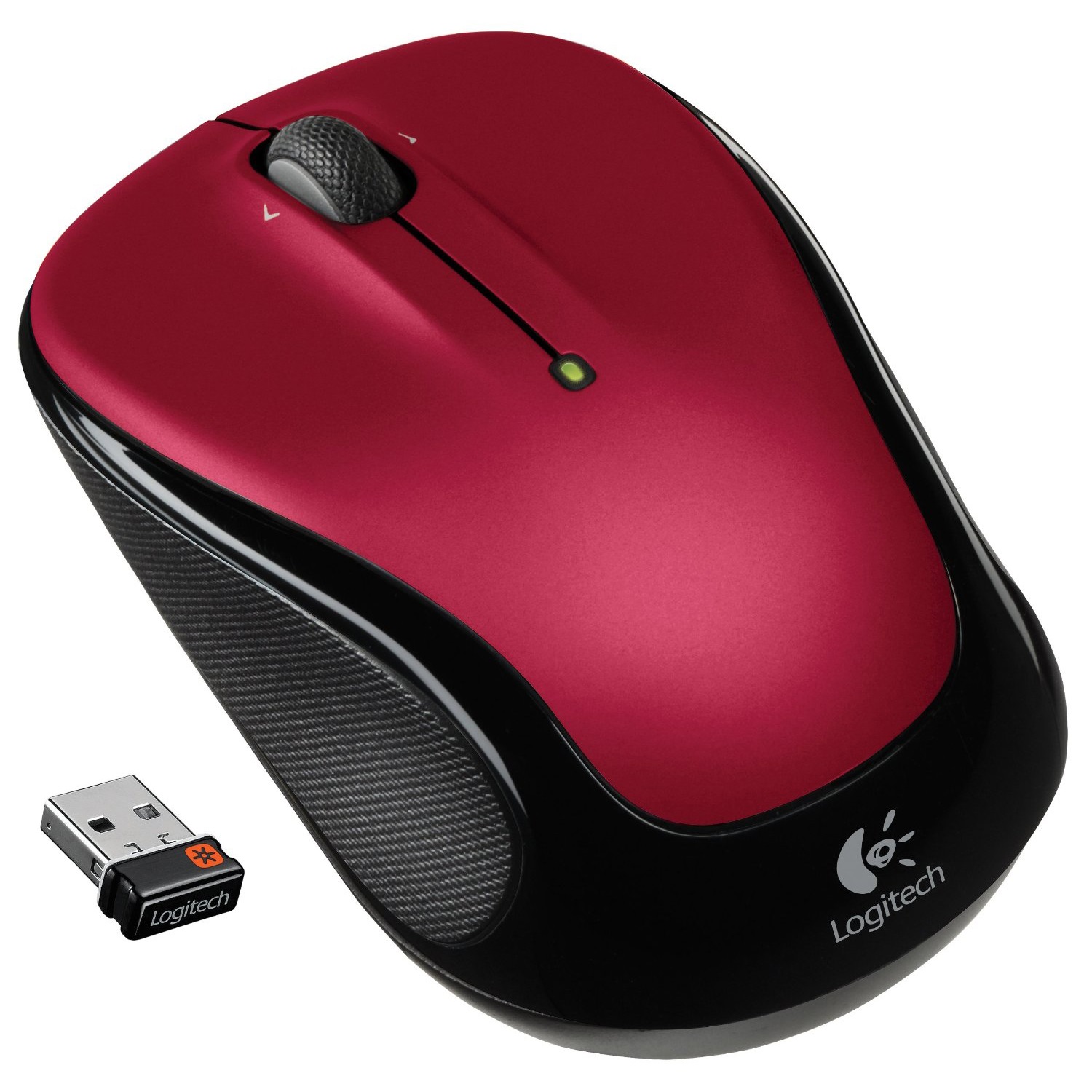Introduction
In today’s fast-paced and high-tech world, the right tools can significantly affect productivity and comfort. The wireless mouse is one such essential device, allowing users greater freedom of movement and a cleaner workspace compared to traditional wired options. Whether you’re a gamer requiring precise control, a professional needing seamless efficiency, or simply someone who enjoys browsing comfortably, selecting the right wireless mouse can elevate your experience dramatically. In this ultimate guide, we will explore various factors affecting your selection process including connection types, battery life, DPI settings, and brand comparisons, equipping you with the knowledge needed to make an informed purchase.
 Connectivity Options: Bluetooth vs. 2.4GHz Receiver
Connectivity Options: Bluetooth vs. 2.4GHz Receiver
Understanding Connection Technologies
When choosing a wireless mouse, one of the first considerations is how it connects to your computer. The two most common connection technologies are Bluetooth and 2.4GHz receivers.
- Bluetooth Connection: This option uses radio waves to connect directly to your computer without requiring an additional USB port for a dongle. As a result, Bluetooth mice are often more portable since they reduce clutter. They are compatible with various devices, including laptops, tablets, and even some smartphones. However, some Bluetooth mice can be slower to respond compared to their 2.4GHz counterparts.
- 2.4GHz Receiver: This technology uses a USB dongle that plugs into your laptop or desktop. The 2.4GHz connectivity offers greater range and faster response times, making it ideal for gaming or applications requiring lower latency. However, it does consume a USB port, which could be a drawback for devices with limited connectivity options.
Choosing the Right Connection Type
Your choice between Bluetooth and 2.4GHz receivers should depend on your primary usage. If you frequently switch devices or need portability, Bluetooth might be the best option. Conversely, if you require a stable connection for gaming or extensive work sessions, a 2.4GHz receiver could be more suitable.
Battery Life: Rechargeable vs. Disposable Batteries
Evaluating Battery Options
Battery life is another critical aspect of selecting a wireless mouse. Understanding your options can significantly influence the overall satisfaction with your device.
- Rechargeable Batteries: Many modern wireless mice are designed with built-in rechargeable batteries. This is convenient since it eliminates the need for frequent replacements and is more environmentally friendly. Depending on the model, rechargeable mice can last anywhere from several days to weeks on a single charge. Some advanced models require as little as an hour of charging for multiple days of use.
- AA/AAA Disposable Batteries: Alternatively, some wireless mice utilize disposable batteries. While they are easy to replace, this option could incur additional costs over time. Additionally, frequent battery changes can be inconvenient and lead to periods when the mouse is unusable. However, disposable battery options may appeal to those who prefer to avoid the hassle of charging.
Balancing Performance and Longevity
In the long run, you may find that a rechargeable option offers better value and convenience. Many models also feature power-saving modes to extend battery life when not in use, providing a balance between performance and convenience.
 DPI Precision: Finding the Right Sensitivity
DPI Precision: Finding the Right Sensitivity
Understanding DPI Settings
DPI (dots per inch) measures the mouse’s sensitivity, gauging how far the cursor moves on-screen relative to your mouse movements. Here’s how to consider DPI when selecting your wireless mouse:
- Office Mice (800-1600 DPI): For general tasks such as browsing, document editing, and presentations, a DPI setting between 800 to 1600 is usually sufficient. This range allows for precise control without unwarranted movement, aiding in detailed tasks.
- Gaming Mice (16000+ DPI): Gamers typically benefit from higher DPI settings, with options exceeding 16000 available on the market. These high sensitivity settings allow for rapid movements and quick adjustments, which are crucial during high-paced gaming sessions. Moreover, many gaming mice feature customizable DPI settings, allowing users to switch on the fly based on their current needs.
Picking the Right DPI for Your Needs
Your choice of a wireless mouse should reflect your specific tasks, whether gaming or general use. Finding the right balance of DPI can significantly affect your workflow, gaming performance, and overall user satisfaction.
Brand Comparisons: Logitech, Microsoft, Razer
Evaluating Key Players in the Market
When looking for a wireless mouse, familiarizing yourself with leading brands can simplify your decision-making process. Three popular brands often stand out due to their distinct features:
- Logitech: Widely recognized for its innovative designs and user-friendly features. Logitech’s Flow technology allows users to control multiple devices seamlessly. This capability is especially useful for multitaskers or individuals who switch between computers frequently.
- Microsoft: Known for its ergonomic designs, Microsoft prioritizes comfort and sustainability in its products. Their wireless mice often come with features tailored to office use, such as customizable buttons and long battery life, making them a prevalent choice for professionals.
- Razer: A favorite within the gaming community, Razer mice feature HyperSpeed technology, which provides low-latency connections for gamers requiring precision. Razer mice also typically have customizable RGB lighting options, adding personalization to your setup.
Choosing the Right Brand
Ultimately, the best choice depends on your specific intended use. Considering user reviews and expert recommendations can provide invaluable insights into the reliability and performance of different brands.
 Usage Scenarios: Choosing Based on Your Needs
Usage Scenarios: Choosing Based on Your Needs
Tailoring Your Choice to Your Activities
When purchasing a wireless mouse, identifying the primary scenario for use can significantly affect your selection. Here are tailored recommendations for different situations:
- Office Use:
- Recommendation: Logitech MX Anywhere 3
- Features: Multi-device switching and silent clicks make it perfect for multitasking and maintaining a quiet environment.
- Ideal for: Professionals who transition between various computers during the workday.
- Gaming:
- Recommendation: Razer DeathAdder V2 X HyperSpeed
- Features: Lightweight design combined with ultra-long battery life makes it desirable for extended gaming sessions.
- Ideal for: Gamers who value speed and comfort, providing both performance and durability.
- Travel:
- Recommendation: Anker 2.4G Wireless Mouse
- Features: Mini-size design and exceptional battery life up to 18 months ensure portability and reliability.
- Ideal for: Individuals who need a compact option that fits easily into a laptop bag.
Understanding Core Needs by Usage
Each scenario comes with its own set of requirements; understanding these will help you choose a wireless mouse that meets your specific needs efficiently.
 Addressing Concerns: Balancing Battery Life and Performance
Addressing Concerns: Balancing Battery Life and Performance
How to Optimize Your Wireless Mouse
Finding the right wireless mouse often comes down to achieving a balance between battery life and performance. Here are some practical tips to maximize both:
- Turn Off Idle Features: Many mice have additional features, such as LED indicators and customizable side buttons. Turning off these options when they’re not in use can save battery life.
- Power Saving Mode: Familiarize yourself with the power-saving settings of your mouse. Enabling low-power modes when it’s not actively in use can extend battery life significantly.
- Adjust System Power Settings: Optimizing your computer’s power settings can also impact the mouse. Ensure that settings allow devices to sleep properly when inactive, extending battery longevity.
Long-term Costs: Comparing Battery Options
Another significant factor is the long-term cost associated with different battery types. Rechargeable mice have minimal additional costs beyond the initial purchase price. Conversely, battery-operated mice may seem affordable at first but can incur ongoing costs due to frequent replacement batteries.
Common Issues: Troubleshooting Your Wireless Mouse
Identifying and Fixing Frequent Problems
Even the best wireless mouse might encounter issues, so it’s useful to know how to resolve them. Here are common problems and their solutions:
- Receiver Interference: If you experience connectivity issues, ensure you position the receiver away from other electronic devices such as routers or Bluetooth devices that might cause interference.
- Outdated Drivers: Keeping drivers up to date is crucial for optimal performance. Regularly check the manufacturer’s website for updates and install the latest versions.
- Incompatible Surfaces: Not all surfaces are suitable for mouse use. To enhance tracking precision, consider using a mouse pad specifically designed to accommodate optical mice.
Quick Fixes for Issues
- Bluetooth Pairing Reset: In case of connections issues, reset the Bluetooth connection on your device and re-pair the mouse. This often resolves most connectivity issues.
- Signal Boosting Techniques: If you’re using a 2.4GHz connection and facing drops, consider extending the receiver using a USB extension cable to position it away from potential interference sources, such as metal objects.
Understanding and addressing these issues can significantly enhance your overall experience with your wireless mouse.
 Conclusion
Conclusion
Selecting the best wireless mouse for your needs is a journey that combines understanding key features, identifying your usage scenarios, and addressing common concerns. Whether you’re gaming, working, or traveling, a well-chosen mouse can undoubtedly make a significant difference in your daily tasks.
From evaluating connectivity options to comparing brands and their technologies, this ultimate guide equips you with the insights necessary to make an informed decision. By following the tips and recommendations outlined in this guide, you can find a wireless mouse that not only meets your specific requirements but also enhances your overall computing experience.
Ultimately, the right wireless mouse is a blend of comfort, reliability, and style, perfectly suited to your lifestyle and preferences!